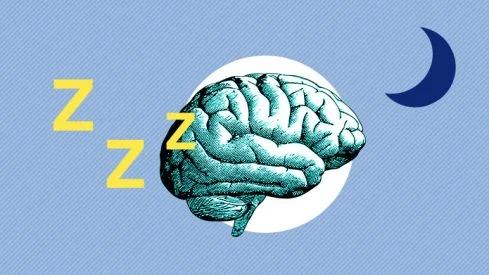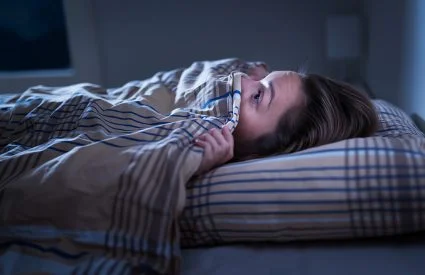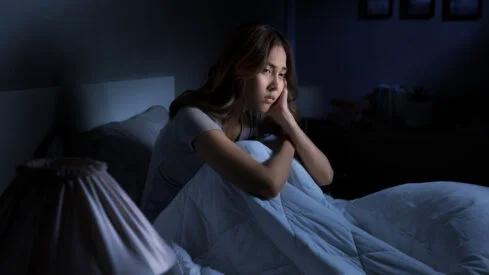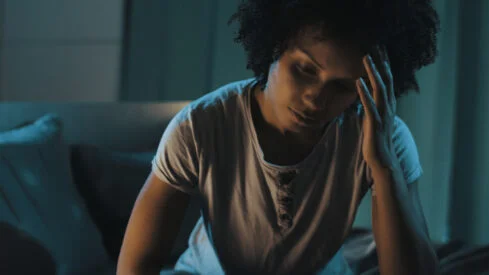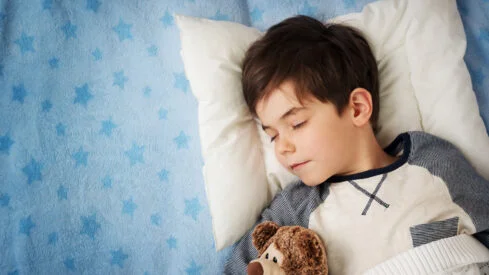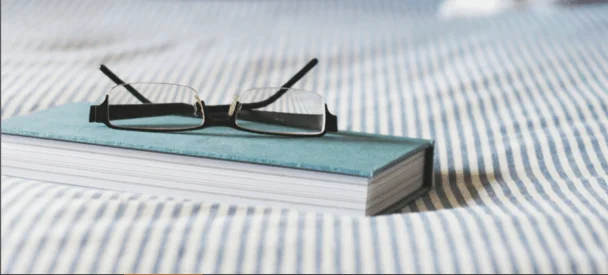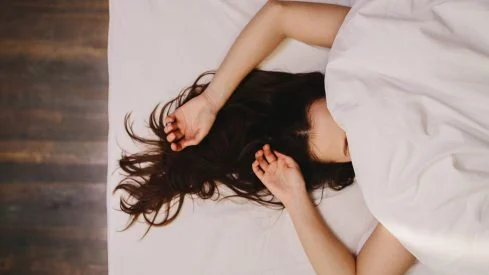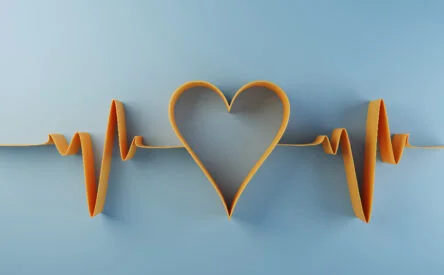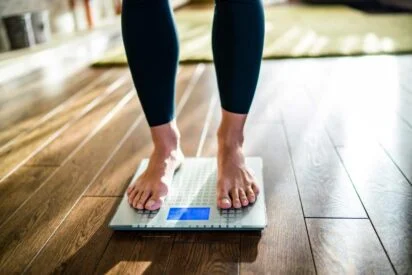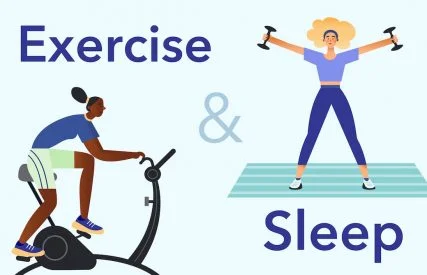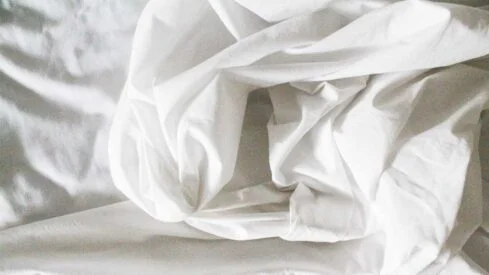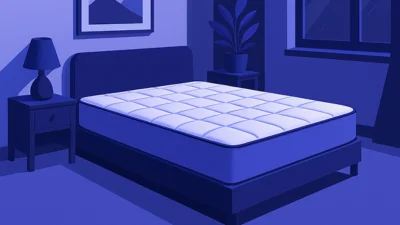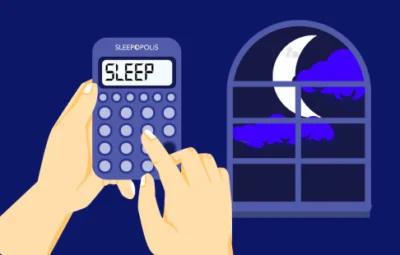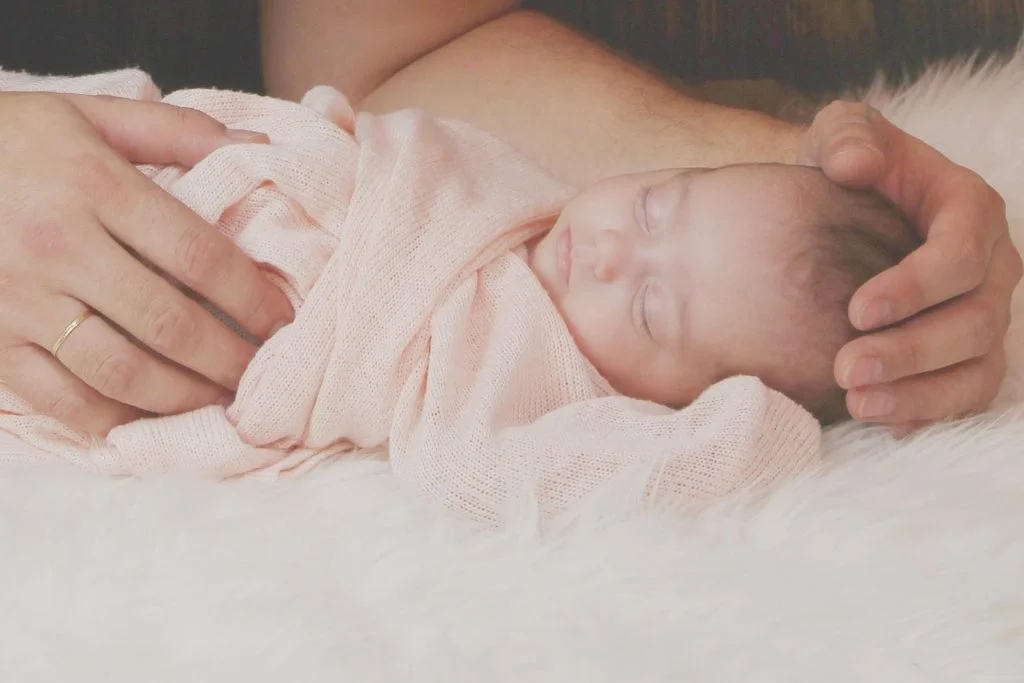
SIDS is one of the most fear-inducing and heartbreaking words in all of perinatal health, for worried families, and involved practitioners, researchers, and advocates alike. It’s long been a somewhat mysterious “what if” for many families, and for 3,400 families each year, it’s a personal tragedy.
As researchers continue to try to learn more about Sudden Infant Death Syndrome (SIDS), which is a type of unexpected death housed under the term Sudden Infant Unexpected Death (SUIDS), they’ve uncovered new data. Specifically, in a new study released from the American Academy of Pediatrics, published Feb. 20 in the Journal Pediatrics, researchers found a specific commonality in many of the SUIDS deaths: the infants had multiple, not just one, unsafe sleep hazard. (1)
In fact, at least 76 percent of the 7,595 cases they studied involved multiple unsafe sleep factors. These included a variety of combinations of two or more factors, including:
- Surface sharing, which included sleeping on an adult surface like a bed, chair, or couch
- Exposure to maternal cigarette smoke prenatally
- Had a supervising parent who was impaired by drugs or alcohol
- Soft or loose bedding around them
- Sleeping on their bellies or sides
Non-Hispanic Black parents and publicly insured parents had higher rates of SUIDS deaths.
The researchers concluded that these results demonstrate a need for further education and support for families about safe sleep, but they acknowledge that this is a “complex” topic. For example, those in support of safer bed-sharing say that parents need more education on how to do it properly if they are going to do it, as opposed to “abstinence only” education. In this study, researchers report less than a 5 percent difference in SUIDS cases between sharing and nonsharing surfaces for those who were ever breastfed, which is a common reason for bedsharing in the first place.
However, the AAP doesn’t support bedsharing, and recommends babies sleep alone, on their backs, in a crib, free of additional pillows, blankets, or other items. In addition, most of the SUIDs deaths had at least 1 unsafe factor in their sleep environment, regardless of sharing a bed or not.
In spite of the research on SUIDS, which includes deaths from things like suffocation by a blanket, the cause of SIDS actually remains unknown, Cleveland Clinic reports. They do know that teen pregnancies, alcohol or tobacco use in pregnancy, premature birth, low birth weight, and babies assigned male at birth are all increased risk factors.
But, improving the number of deaths from SUIDS is a complicated ask, integrated in complex social and medical systems with no easy answers. It speaks to the need for increased access to prenatal care, more support for postpartum moms, and safer sleep environments for babies, such as for families who do not have a crib. Hopefully researchers continue to prioritize further investigation into this heartbreaking reality perinatal families face.
Sources
1. Alexa B. Erck Lambert, Carrie K. Shapiro-Mendoza, Sharyn E. Parks, Carri Cottengim, Meghan Faulkner, Fern R. Hauck; Characteristics of Sudden Unexpected Infant Deaths on Shared and Nonshared Sleep Surfaces. Pediatrics 2024; e2023061984. 10.1542/peds.2023-061984
